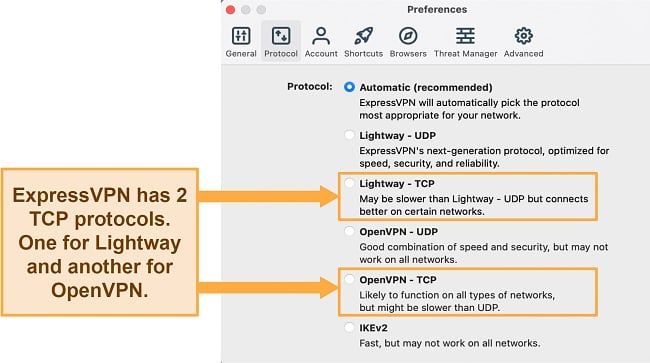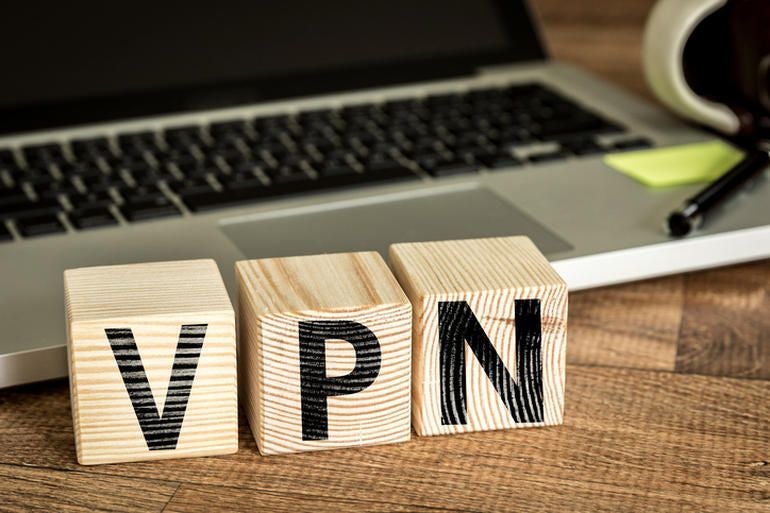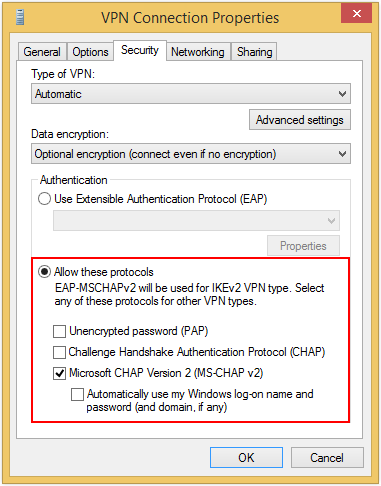Featured
Table of Contents
Steps For A Better Vpn Rollout And Troubleshooting

The Routing and Remote Gain access to snap-in lives within the Microsoft Management Console, referred to as the MMC. There are several ways to access the MMC. You can select the console from the Start menu's Programs choices, within the Administrative Tools folder within Windows server's Control Panel or by typing mmc at a command prompt.
As Tech, Republic's Brandon Vigliarolo demonstrates within his video at the start of this article, the Solutions console displays the status of the Routing and Remote Gain access to entry. From within the Providers console and with the Routing and Remote Access entry highlighted, you can click Start the Service or right-click the entry and select Restart.
Often the VPN client and VPN server are set to utilizing various authentication methods. Confirm whether an authentication mistake is the issue by opening the server console. Another approach of accessing the MMC is to type Control+R to open a command prompt in which you can type mmc and hit Enter or click OK.
If the entry isn't present, click File, choose Add/Remove Snap-in, select the Routing and Remote Gain access to alternative from the choices and click Add, then OK. With the Routing and Remote Gain access to snap-in included, right-click on the VPN server and click Residences. Evaluate the Security tab to confirm the authentication approach.
Vpn Not Connecting? How To Fix This & Other Common ...
Guarantee the VPN client is set to the authentication technique defined within the Security tab. Typically the products simply examined are accountable for most VPN connection rejection mistakes. But other principles need to be proper, too. For example, if the Windows Server hosting the VPN hasn't signed up with the Windows domain, the server will be not able to confirm logins.
IP addresses are another fundamental component for which administration need to be appropriately set. Each Web-based VPN connection generally utilizes 2 various IP addresses for the VPN customer computer system. The very first IP address is the one that was designated by the client's ISP. This is the IP address that's utilized to establish the preliminary TCP/IP connection to the VPN server over the Web.

This IP address generally possesses the same subnet as the regional network and thus permits the client to interact with the local network. When you established the VPN server, you need to set up a DHCP server to assign addresses to clients, or you can produce a bank of IP addresses to designate to customers straight from the VPN server.

If this alternative is selected and the efficient remote gain access to policy is set to allow remote access, the user will be able to connect to the VPN. I have actually been not able to re-create the scenario personally, I have heard rumors that a bug exists in older Windows servers that can cause the connection to be accepted even if the reliable remote gain access to policy is set to reject a user's connection.
Vpn Stopped Working: Here Are 4 Quick Tips To Get It Back

Another typical VPN problem is that a connection is successfully developed however the remote user is not able to access the network beyond the VPN server. Without a doubt, the most typical cause of this problem is that permission hasn't been granted for the user to access the entire network. To permit a user to access the whole network, go to the Routing and Remote Gain access to console and right-click on the VPN server that's having the problem.
At the top of the IP tab is an Enable IP Routing check box. If this check box is enabled, VPN users will be able to access the rest of the network, assuming network firewalls and security-as-a-service settings permit. If the checkbox is not selected, these users will be able to gain access to just the VPN server, but absolutely nothing beyond.
If a user is dialing directly into the VPN server, it's typically best to set up a fixed route in between the client and the server. You can set up a fixed route by going to the Dial In tab of the user's homes sheet in Active Directory Users and Computers and picking the Apply A Static Route check box.
Click the Add Route button and after that enter the location IP address and network mask in the area offered. The metric need to be left at 1. If you're utilizing a DHCP server to appoint IP addresses to customers, there are a number of other problems that might cause users not to be able to go beyond the VPN server.
5 Common Vpn Issues And Solutions To Fixing Them
If the DHCP server designates the user an IP address that is already in usage elsewhere on the network, Windows will find the conflict and avoid the user from accessing the remainder of the network. Another typical issue is the user not getting an address at all. Most of the time, if the DHCP server can't assign the user an IP address, the connection will not make it this far.
If the customer is designated an address in a variety that's not present within the system's routing tables, the user will be not able to navigate the network beyond the VPN server. Ensure the resources the user is attempting to access are really on the network to which the user is connecting.
A VPN connection to the other subnet might, in truth, be needed. A firewall or security as a service option might likewise be to blame, so don't forget to examine those options' settings, if such components are present in between the VPN server and the resources the user seeks to reach.
The first possibility is that one or more of the routers involved is carrying out IP packet filtering. I advise inspecting the customer, the server and any makers in between for IP package filters.
Latest Posts
The Best Vpn Services For 2023 (Reviewed & Compared)
The Best Vpns For Small And Home-based Businesses
Business Vpn: Secure Your Small ...